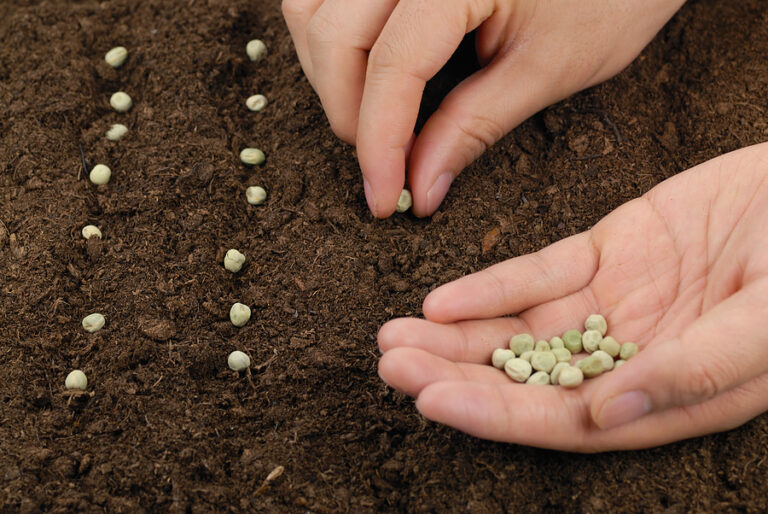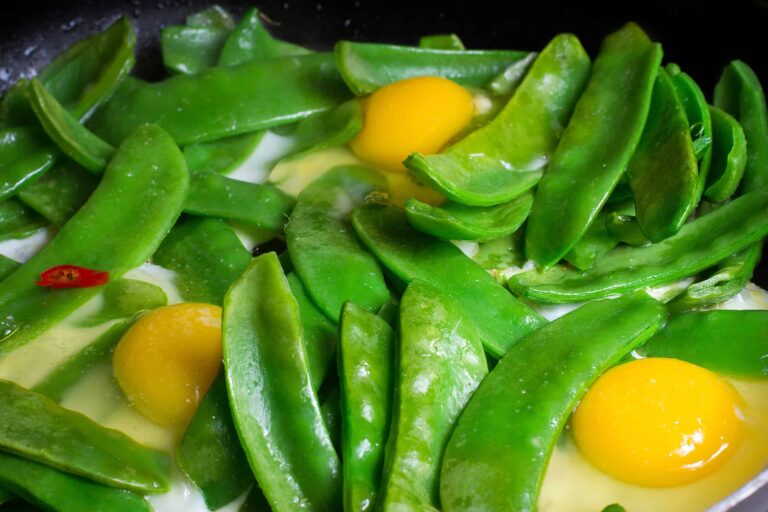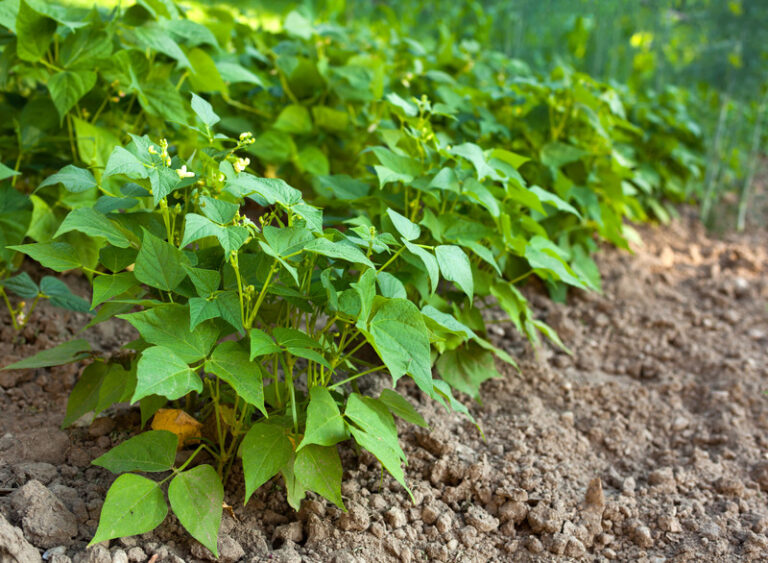Troubleshooting Chickpeas: Why Plants Fail, Don’t Flower, or Don’t Make Pods
Chickpeas are usually resilient, low-maintenance legumes, but gardeners sometimes encounter problems such as poor growth, lack of flowering, or pods that never form. After decades of growing chickpeas in raised beds, wide-row plots, and containers, I’ve learned that most issues are preventable with proper timing, soil management, watering, and care. This troubleshooting guide explains why problems occur and provides practical, experience-based solutions to help you achieve a healthy, productive chickpea crop.
1. Plants Fail to Grow or Establish
Common Causes
- Cold or wet soil: Chickpeas prefer soil that is warm (55–70°F) and well-drained.
- Poor seed quality: Old or untreated seeds may fail to germinate.
- Excessive nitrogen: Too much nitrogen encourages leafy growth at the expense of root development.
- Compacted or waterlogged soil: Chickpea roots need loose soil for deep taproot growth.
Solutions
- Sow after the last frost in soil that has warmed.
- Use fresh, certified seeds.
- Amend soil with compost, but avoid high-nitrogen fertilizers.
- Plant in raised beds or mounded rows to improve drainage.
2. Chickpeas Don’t Flower
Common Causes
- Excessive nitrogen: Overly lush foliage delays flowering.
- Cool temperatures: Chickpeas require mild temperatures (60–75°F) to initiate blooms.
- Overwatering: Constantly wet soil can stress plants and reduce flowering.
- Short daylight conditions: Chickpeas are sensitive to photoperiod—too little sunlight slows flower initiation.
Solutions
- Avoid nitrogen-heavy fertilizers; rely on natural nitrogen fixation.
- Reduce watering slightly as plants approach flowering.
- Ensure full sun exposure for at least 6–8 hours per day.
- Use short-season varieties in cooler climates to promote timely flowering.
3. Plants Flower but Don’t Set Pods
Common Causes
- High temperatures during flowering: Heat stress causes flowers to drop.
- Inconsistent soil moisture: Drought or overly wet conditions trigger flower abortion.
- Pests: Aphids, thrips, or other insects may damage flowers.
- Disease pressure: Fungal infections like Ascochyta blight can prevent pod formation.
Solutions
- Water deeply but infrequently to keep soil evenly moist, not soggy.
- Provide light shade during heat waves if temperatures exceed 85°F.
- Monitor for pests and remove or treat organically.
- Remove diseased plant material promptly and rotate crops annually.
4. Additional Tips for Success
- Spacing: Maintain 6–8 inches between plants and 18–24 inches between rows for airflow.
- Mulching: Apply a thin layer of straw or shredded leaves after seedlings reach 6 inches tall to moderate soil temperature and retain moisture.
- Harvesting: Timely harvest encourages healthy plants and prevents stress on remaining flowers or pods.
Final Thoughts
Most chickpea problems—from failed seedlings to missing pods—are caused by a few common factors: temperature stress, improper soil conditions, water mismanagement, or nutrient imbalances. By understanding their growth needs, choosing appropriate varieties, and monitoring environmental conditions, you can troubleshoot issues effectively and achieve a productive, flavorful chickpea harvest. Regular observation and timely adjustments ensure that your plants flower fully and set the pods you’re hoping for.
Chickpea Learning Hub
Start Here / Overview
- Mastering Chickpeas: Planting, Growing, and Harvesting Tips
- How to Plant, Grow, and Harvest Chickpeas (Garbanzo Beans): The Complete Guide
Planning & Planting
- Best Chickpea Varieties to Grow: Kabuli, Desi, Black, and Specialty Types
- Short-Season Chickpeas: Best Varieties and Tips for Cooler Climates
- When to Plant Chickpeas: Temperature, Frost Windows, and a Month-by-Month Calendar
- How to Start Chickpeas From Seed: Indoors, Outdoors, and Spacing Tips
- Can You Grow Chickpeas in Containers? What Works—and What Doesn’t
- Growing Chickpeas in Raised Beds
- Best Companion Plants for Chickpeas (and What to Avoid)
Care & Maintenance
- How to Water and Feed Chickpeas for Maximum Pod Production
- Chickpea Care Guide: Weeding, Mulching, Trellising, and Seasonal Maintenance
Pests, Diseases & Troubleshooting
- Chickpea Pests: Identification, Prevention, and Organic Controls
- Chickpea Diseases and How to Prevent Them: Blight, Mosaic, Anthracnose & More
- Troubleshooting Chickpeas: Why Plants Fail, Don’t Flower, or Don’t Make Pods
Harvesting & Post-Harvest
- Harvesting Chickpeas: Fresh Green Pods vs. Dried Beans
- How to Store and Preserve Chickpeas: Fresh, Dried, Canned, or Frozen
Cooking & Enjoying





